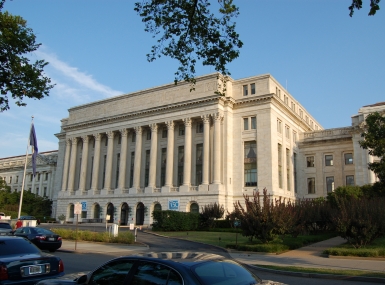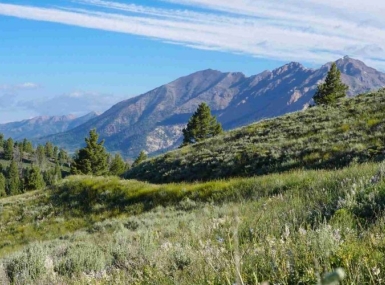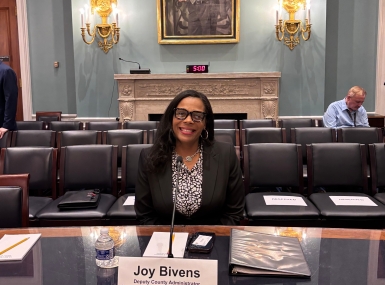U.S. Department of Agriculture enrolls over 1 million acres in Conservation Reserve Program
Author

Owen Hart
Upcoming Events
Related News

Key Takeaways
On June 12, the U.S. Department of Agriculture (USDA) announced it had agreed to enroll 1.07 million acres of working land in the Conservation Reserve Program (CRP) under the program’s most recent general sign-up. Newly approved land will be eligible to enroll in CRP on October 1, 2023.
CRP allows landowners to enter into 10-to-15-year contracts with the Farm Service Agency to undertake conservation initiatives on environmentally sensitive farmland. Under CRP, participating landowners agree to remove land enrolled in the program from agricultural production and cultivate species that will improve environmental health within the local ecosystem in exchange for a payment by acreage.
After the most recent round of enrollment, the average annual payment rate under CRP is $64 per acre. Twenty-nine counties will have more than 20 percent of their total land area enrolled in CRP. No more than 25 percent of the land in a county may be enrolled in CRP at any one time.
A total of 1.19 million acres were offered by landowners for enrollment in the program, bringing CRP’s total portfolio to just over 23 million acres. This total is still shy of the program’s 27-million-acre enrollment cap set by the 2018 Farm Bill. In turn, an additional 2 million acres are set to expire by September 30, 2023. The announcement from the Farm Service Agency anticipates that CRP will soon accept additional acreage for grasslands and begin accepting new enrollments on a rolling basis year-round.
Agricultural conservation programs like CRP are important tools in the ongoing fight to protect working farmland. The United States lost over 4,800 acres of working agricultural land every day from 2015 to 2022, much accounted to community development. From 2021 to 2022 alone, total land in farms decreased by 1,900,000 acres. Counties support measures to retain, protect and improve agricultural land and conserve topsoil, consistent with local land use policies and controls.
Protecting our nation's most sensitive ecosystems starts with the voluntary conservation efforts of American farmers, ranchers and foresters. Voluntary agricultural conservation programs, coupled with a strong relationship with USDA's Farm Service Agency and Natural Resource Conservation Service (NRCS), give counties the support they need to take the lead in conservation efforts and preserve working lands for future generations.
Attachments
Related News

U.S. Department of Agriculture announces reorganization
On July 24, U.S. Secretary of Agriculture Brooke Rollins announced a major reorganization of the U.S. Department of Agriculture (USDA) that will relocate thousands of federal employees, restructure regional offices and consolidate administrative services and operations. The changes are expected to reduce USDA’s footprint in Washington, D.C. and shift more personnel to regional hubs across the country.

Senate lawmakers introduce bipartisan legislation to support public lands counties
On August 4, U.S. Sens. Catherine Cortez Masto (D-Nev.), Steve Daines (R-Mont.) and Adam Schiff (D-Calif.) introduced the More Opportunities for Rural Economies (MORE) Grants Package.
